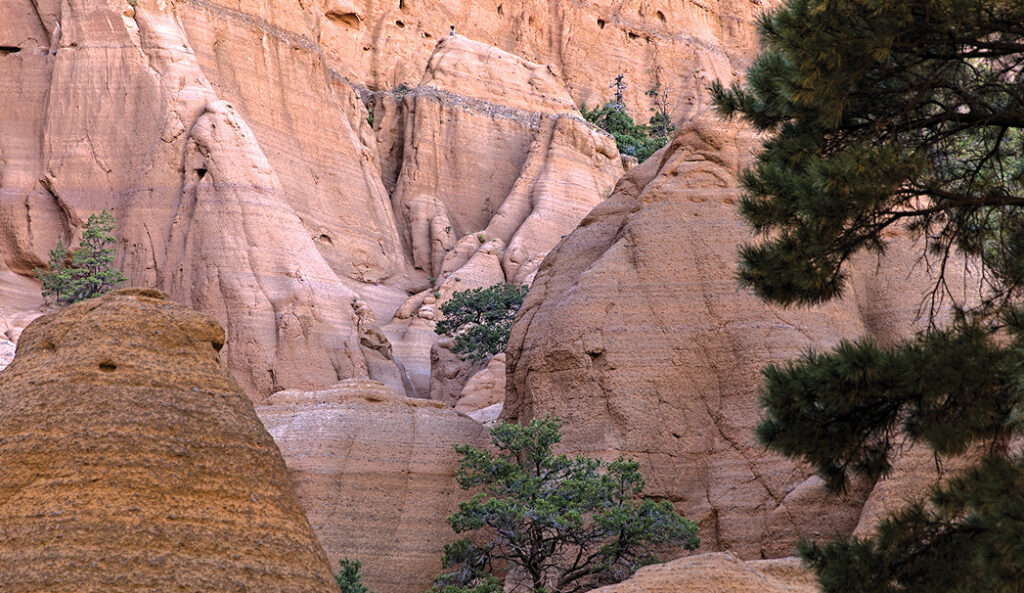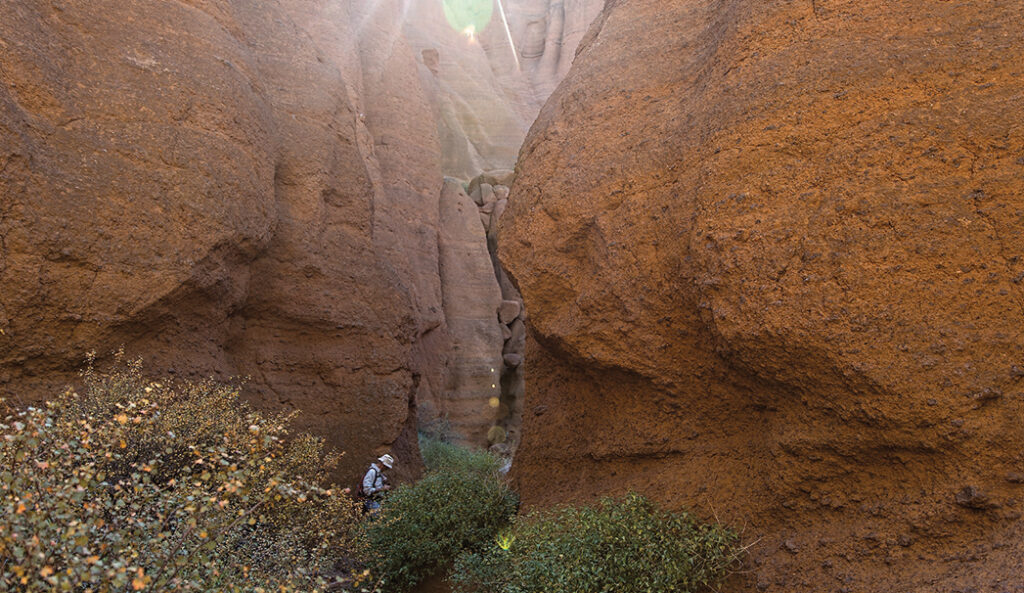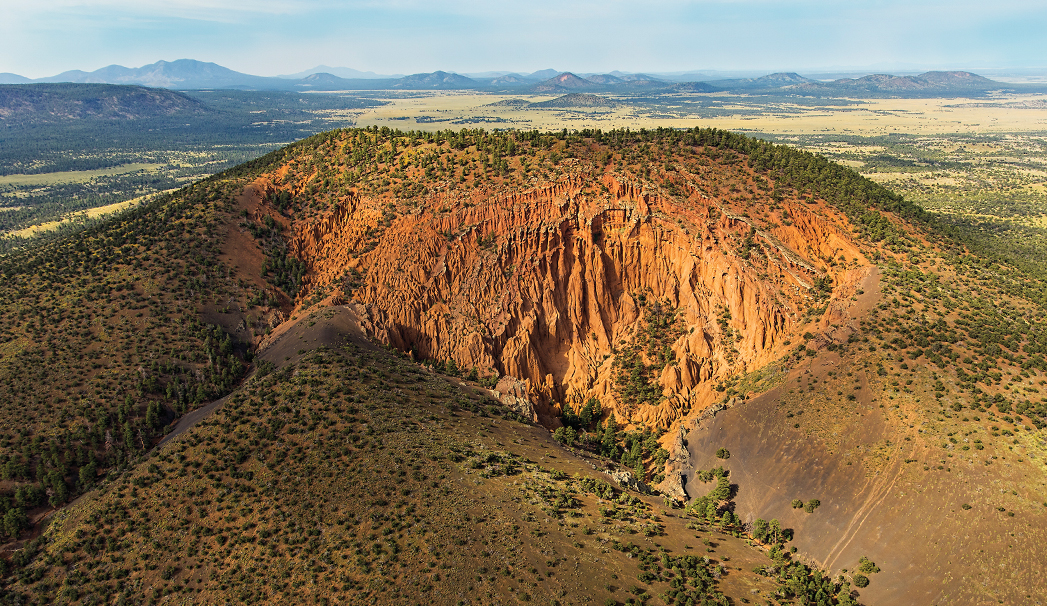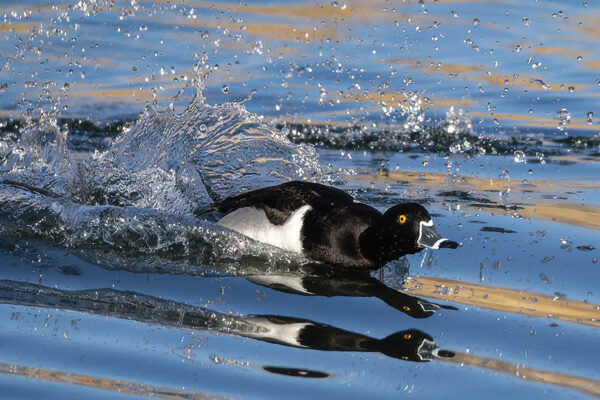I’m a new contributor to Sedona Monthly and have lived in Sedona (in the VOC, specifically) full time for nearly 30 years. My wife and I came to Sedona, seeking to escape California after spending 25 years in Huntington Beach. We fell in love with Sedona the first morning we visited here. We stayed at Sky Ranch Lodge, and when we looked out over the city and the red rocks, we were hooked. Two days later, we bought the lot we built on. We have traveled the state by car, boat, sailplane and motorglider. In this column, I’ll be discussing some of my favorite destinations.
Our first visit will be to Red Mountain, a volcanic cinder cone that’s 25 miles northwest of Flagstaff. This beautiful mountain is close by and easily accessible by trail. Fall is an exceptional time to visit the mountain because you will be passing through some of the most beautiful stands of aspen in Arizona. On the right side of the highway, you will have views of the San Francisco Peaks. From late September through October, you will frequently see huge portions of the mountain in brilliant yellows contrasted against the rich green of the evergreens. A little background information: Red Mountain is a part of the San Francisco Volcanic Field – a fascinating part of the state that covers over 1,800 square miles. The field starts around Williams with Bill Williams Mountain, the result of volcanic eruptions around 3.8 million years ago. Over time the field expanded to the northeast well into the Painted Desert and more than 600 volcanic cones have formed. The newest crater is Sunset Crater, erupting a mere 950 years ago.

In this photograph you are looking up at the hoodoos, and there is a person on the top of one of them hundreds of feet above you. Photo by Ted Grussing.
Morning is the best time of day to visit the mountain as the amphitheater is east facing. When I used to fly up there, it was always in the morning as the lighting on the hoodoos was always best and provides dramatic photos. The same as when you’re on the ground. Once the sun is on the backside, the amphitheater rapidly fills with shadow. The backside, which is actually the caldera, is kind of ho-hum. Walking the trail both ways will also afford you views of Kendrick Peak to the south. Never underestimate the power of water when it is heated in a confined space. Flying around the mountain at or below the top is awesome, but even that is not a match for what you see inside.

This photograph is near the back wall and shows a friend checking the photos he took with his smartphone. Both of these photos give you an idea of the scale of things once you get in there. Enjoy this perfect autumn destination. Photo by Ted Grussing.
Red Mountain is a volcanic cinder cone, rising about 1,000 feet above the surrounding terrain. It formed about 740,00 years ago and is located 25 miles north of Flagstaff. Take Highway 180 north
out of Flagstaff towards the Grand Canyon and at mile post 247 there is signage to turn left. Follow the road about a quarter mile to the parking lot. From there, it is an easy half-hour walk up and into the amphitheater, which is thought to have been created by a steam explosion that blew out the backside of the volcanic cone. The explosion and hundreds of thousands of years of erosion have formed a multitude of hoodoos or thin tall spires of relatively soft rock capped by a hard rock less easily eroded. You can walk among them once you get to the amphitheater. I was totally blown away when I got into the amphitheater and saw the enormous scale of things. It was nothing at all like I expected when looking at it from above. It was infinitely more incredible.
![]()




